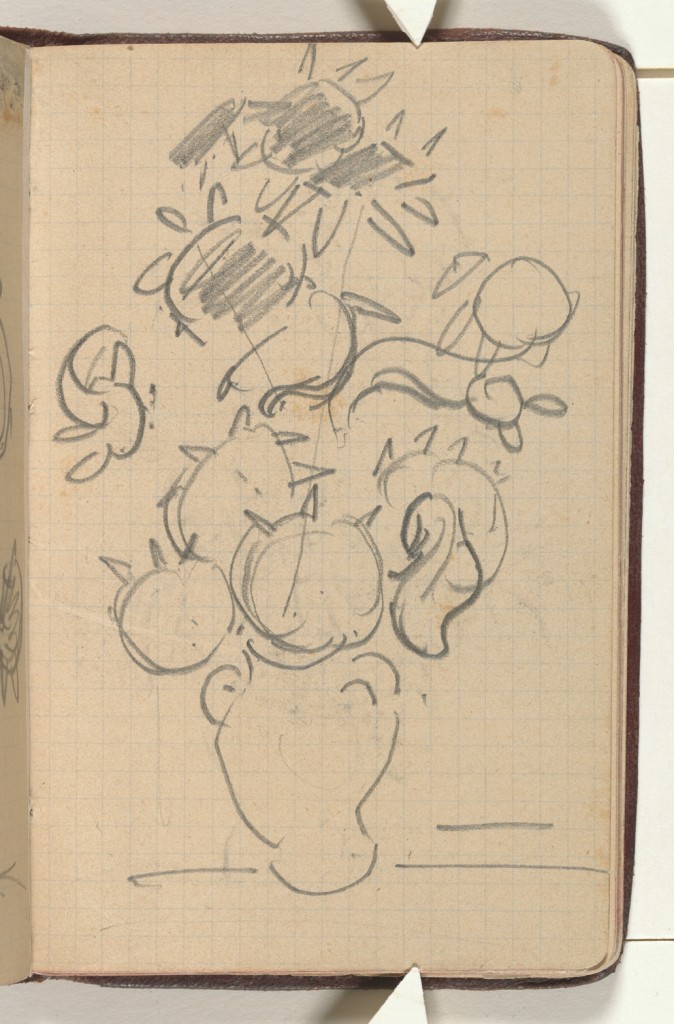Closing Remarks

"I now consider myself to be at the beginning of the beginning of making something serious." - Vincent van Gogh to Theo van Gogh, December 23, 1881.
Understanding Composition and Space
In this Lesson, we begin to merge from researching the techniques and decisions of others, to beginning to frame what our own work may look like. It is still very early, the "beginning of the beginning," as van Gogh stated it, but we are starting to make decisions at this point, even if we do not necessarily realize it.
As we go through the process of understanding the WGB space and doing base research, we are already beginning to understand how our innovation may be composed, and the spaces available to us. We will understand if the space in which we will focus is entirely new and a blank canvas, or if it already has elements in place. In this early process of understanding the space, we are already beginning to think about the innovation.
Staying Loose
There are two descriptors that I remember from earlier in life, which seemed odd at the time, but, in later life, I realized are stunningly accurate. The first is that a basketball coach once remarked that, while effective, I had "a wrestler's jumpshot." He wasn't far off, as I was a shotputter and therefore had an arm motion more suited to throwing a 16lb iron ball than a 2lb leather one.
The second descriptor is that my sister, an outstanding artist, once remarked that my sketches looked like they had been drawn by "an overcaffeinated engineer on a deadline." When I had the occasion to ask her what this meant, she remarked that I was incredibly tight, that my sketches were far too formal, I was overly focused, and that physically, all of my movement was coming from the fingers instead of the wrist and arm. "You're trying to draw one perfect line instead of drawing multiple lines to find the overall composition... you need to loosen up your hand, your eyes, and your head."
We need to remember that we are sketching at this point. We can't become invested in our ideas, and we need to stay loose and sketch out spaces that interest us, then quickly evaluate what we see. Any attempts at perfection are wasted at this point, and, more importantly, make us more resistant to throwing something away and starting new if we have to.
Similar to loose sketches and composition, this is a phase of the work which can benefit from the occasional break. In its full form, critical analysis and WGB space research tends to be quite exhaustive, so make sure to take breaks and perhaps take on some small, one- or two-day projects to allow you to refresh yourself a bit. For example, if I have a very tight, detail-oriented project, I will take on something iterative and loose... and vice versa.
Understanding the Space for Ourselves
To refresh ourselves, our goals specifically for this Lesson are to:
- frame the importance of "expanding from center" to create sustainability-driven innovation, strategic integration, and brand equity;
- articulate White, Gray, and Black space and how each can be of strategic interest;
- deconstruct sustainability strategies and Corporate Sustainability Reports into White, Gray, and Black areas for innovation;
- conduct research to gain detailed understandings of White, Gray, and Black spaces.
To this end, this week's Case is designed to accomplish two things: 1) to allow us to identify and research WGB spaces for ourselves, and 2) to encourage us to keep ourselves loose while we are in the sketching phases of our work.